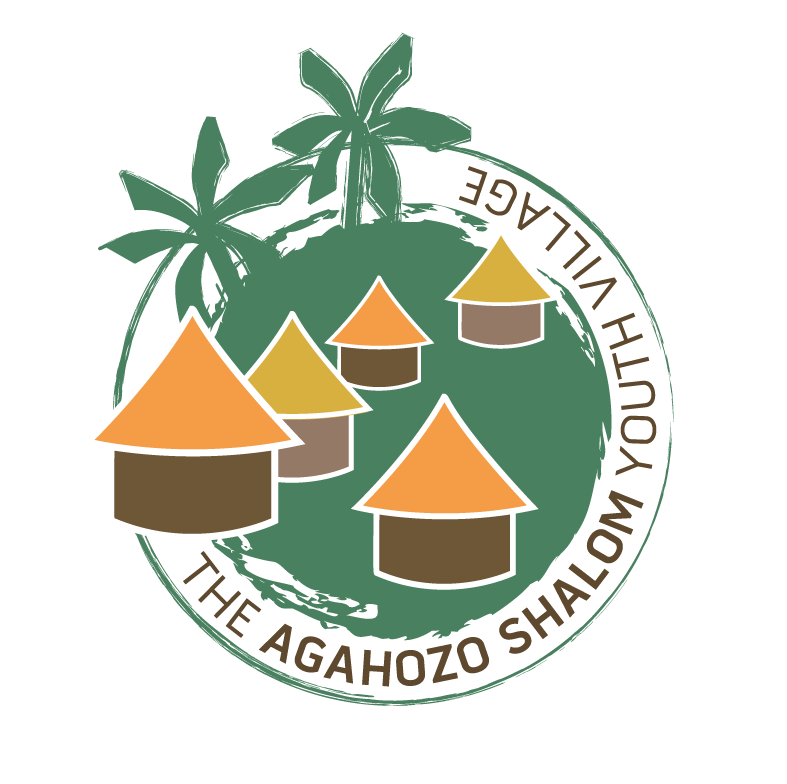Farm to Table at ASYV
Feeding over 500 hungry teenagers three meals a day is a difficult task. This is only possible because of the ASYV farm and kitchen. The journey that food takes to make it to the tables in the ASYV dining hall is remarkable.
It starts down at the farm, which grows much of the food that our students and staff eat. The only product we consistently buy is rice. That means we grow beans and vegetables for our sauces, sorghum for our porridge, and much more. We produce a huge amount of food: each year we grow approximately 20 tons of Irish potatoes, three to four tons of maize, one ton of beans, and four tons of sorghum. Add to this the array of vegetables like peppers, cucumbers, eggplants, cabbage and fruits like pineapples, watermelons, tree tomatoes, avocados and passion fruit, and you can begin to understand the scale of our farm.
The farm is home to animals as well. We have 18 adult cows and 15 calves. Our adult cows provide milk for morning porridge and tea. Our “cowboys” milk the cows every morning using a machine which takes about seven minutes per cow. And each cow can produce up to 12 liters per day! After making sure that the calves are fed and happy, our workers bring this milk up to the kitchen to be prepared for our students and staff.
Perhaps even more importantly, our cows provide manure for our crops. According to our farm manager, Augustine, cow manure is the absolute best fertilizer and much better for the land than the organic fertilizer that we buy when we run out of manure. Before we had cows, we would buy 400 tons of this less-than-ideal fertilizer, but that has been halved to 200, thanks to our healthy cows.
We also have a chicken coop — home to 250 chickens — which lay 180 eggs per day. These eggs are for our “two egg Tuesday” lunches. The last animal we home are rabbits, which provide additional fertilizer for crops and are also sold to the local community in Rubona as a revenue source.
Clearly, the farm is a huge operation and requires many hands. We have eight full-time farm staff including our farm manager, veterinarian, “cowboys” (who take care of the cows), chicken caretakers and food transporters who bring food to and from the kitchen. We also employ 33 casual workers from the local town of Rubona who help plant and harvest our crops.
The seasons here in Rwanda are unique due to its proximity to the equator. Rather than having four seasons, the climate here switches between the rainy season and the dry season every three to four months. Right now, August is the dry season. The dry season is better for growing fruits, but not vegetables. That’s why we had to incorporate the Israeli agricultural innovation of ‘drip irrigation’ to our farm. This system allows us to water our crops even during the driest and hottest months without using too much water and parching the rest of ASYV. So, even when it is the dry season, we can still plant potatoes, beans and vegetables which would only grow naturally during the rainy season.
So how does all this food actually make it up to the kitchen? Every Monday the kitchen makes its requests. They note how many beans, eggs, fruit, liters of milk, and kilos of sorghum they will need for the next week. The farm staff then deliver the allotted amount. Since our sorghum is harvested and dried, that can be delivered all at once. Since vegetables are needed fresh, they are picked each and every day. Eggs are collected throughout the week until we have about 1,000 — enough to make sure that all our students and staff can eat two.
When our students are gone on holiday, our produce goes to the local market in Rubona. It’s a way for ASYV to bring in a little extra revenue and make sure we are not wasting any food or resources.
ASYV’s farm to table operation is complex and requires a lot of work. If you ever visit the Village, the farm is a stop you need to make. And while you’re there, you can thank Iragena Augustine, our farm manager, and Ngango Emmanuel, our veterinarian for providing all the information needed for this post! They ensure that our students have healthy and fresh food, which is a critical part of our students’ healing, growth, and ability to give back. Maybe, one day, by starting a farm of their own.
Submitted by Seth Moskowitz, Communications Fellow 2019




